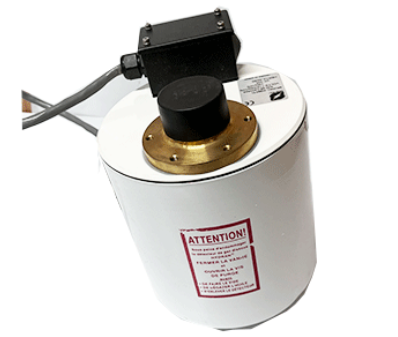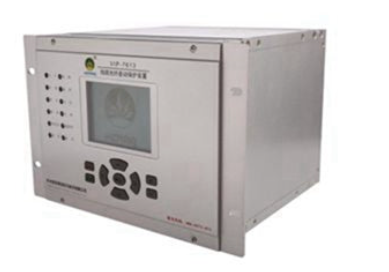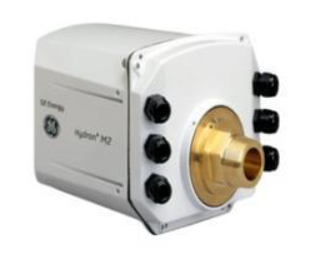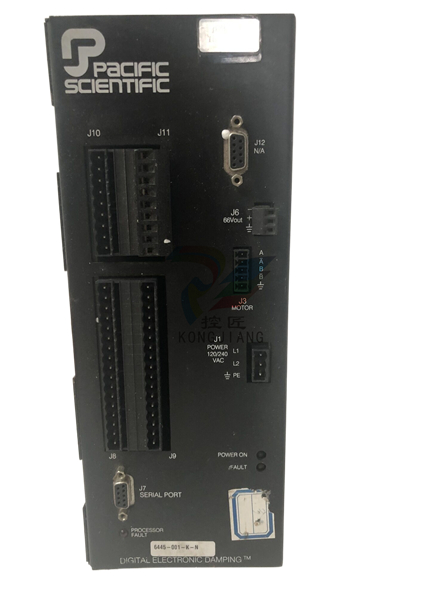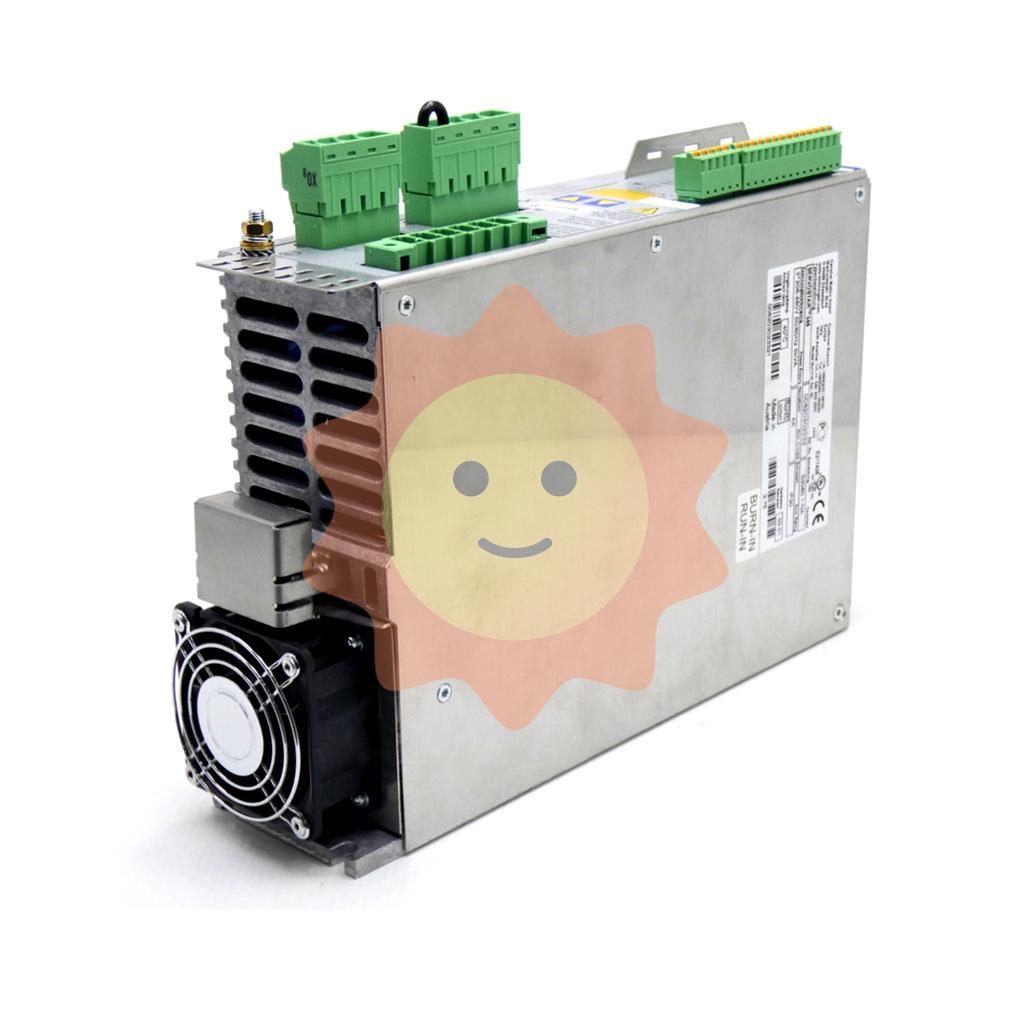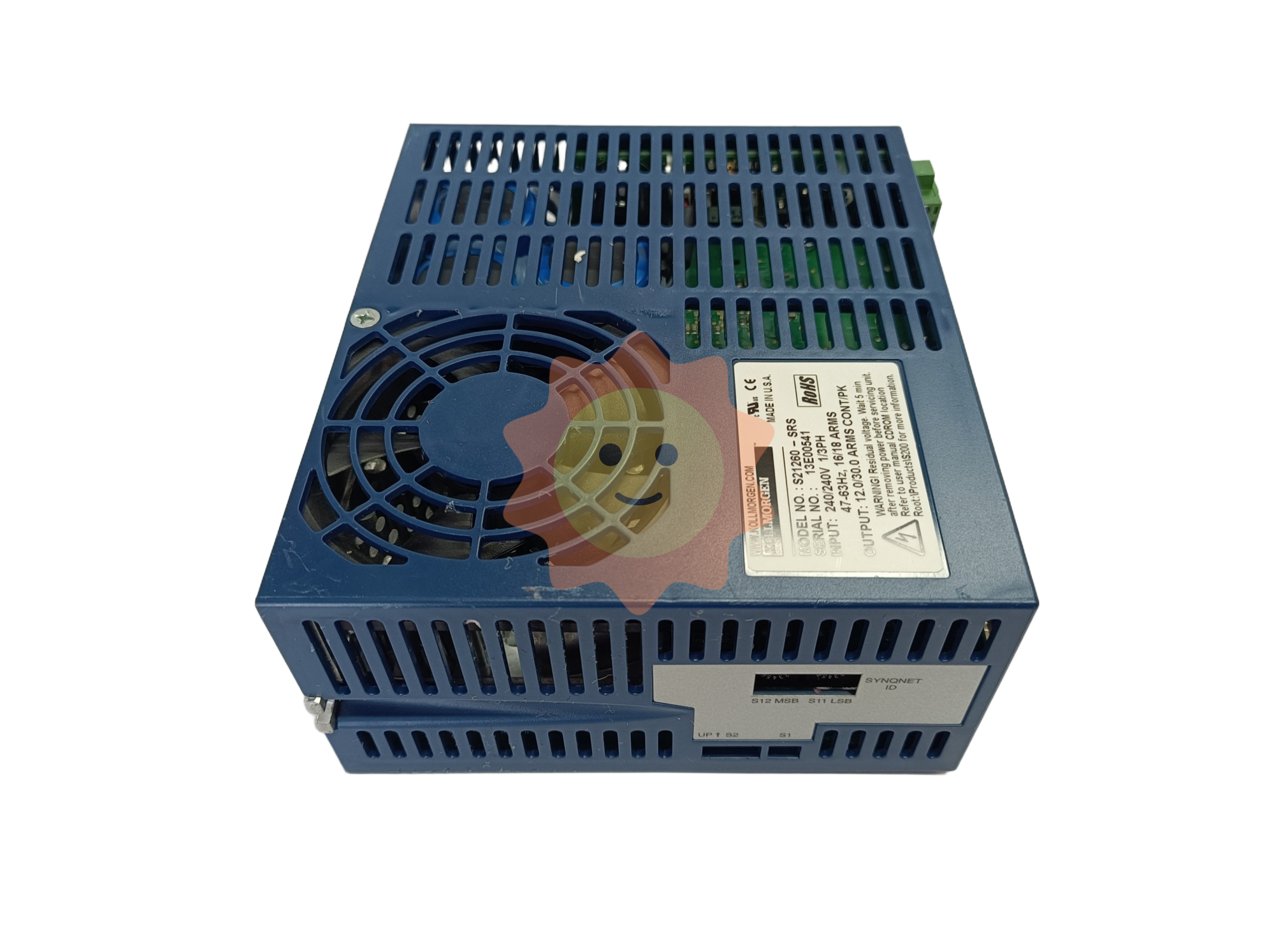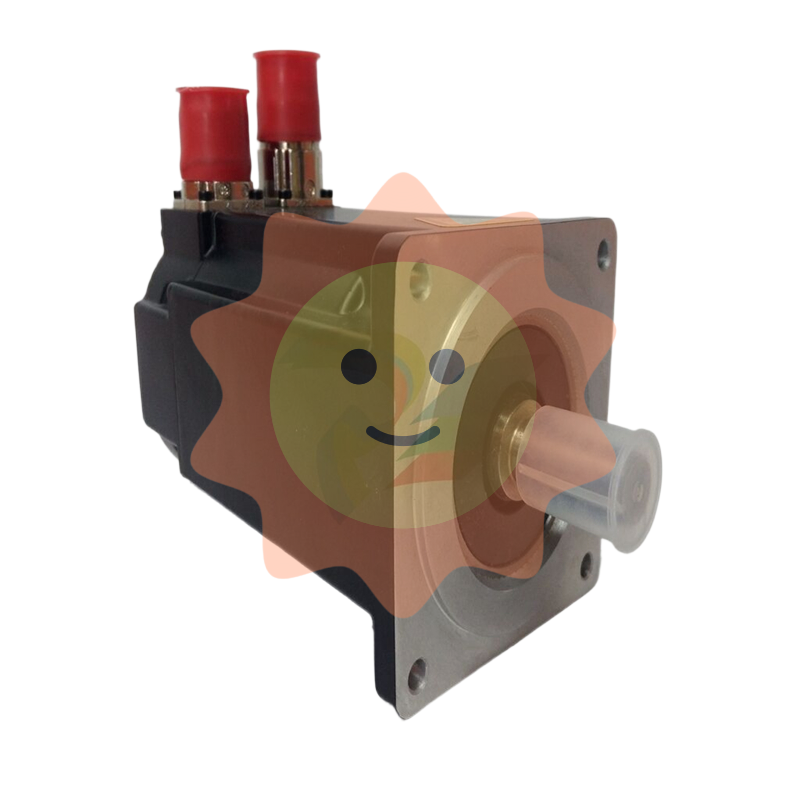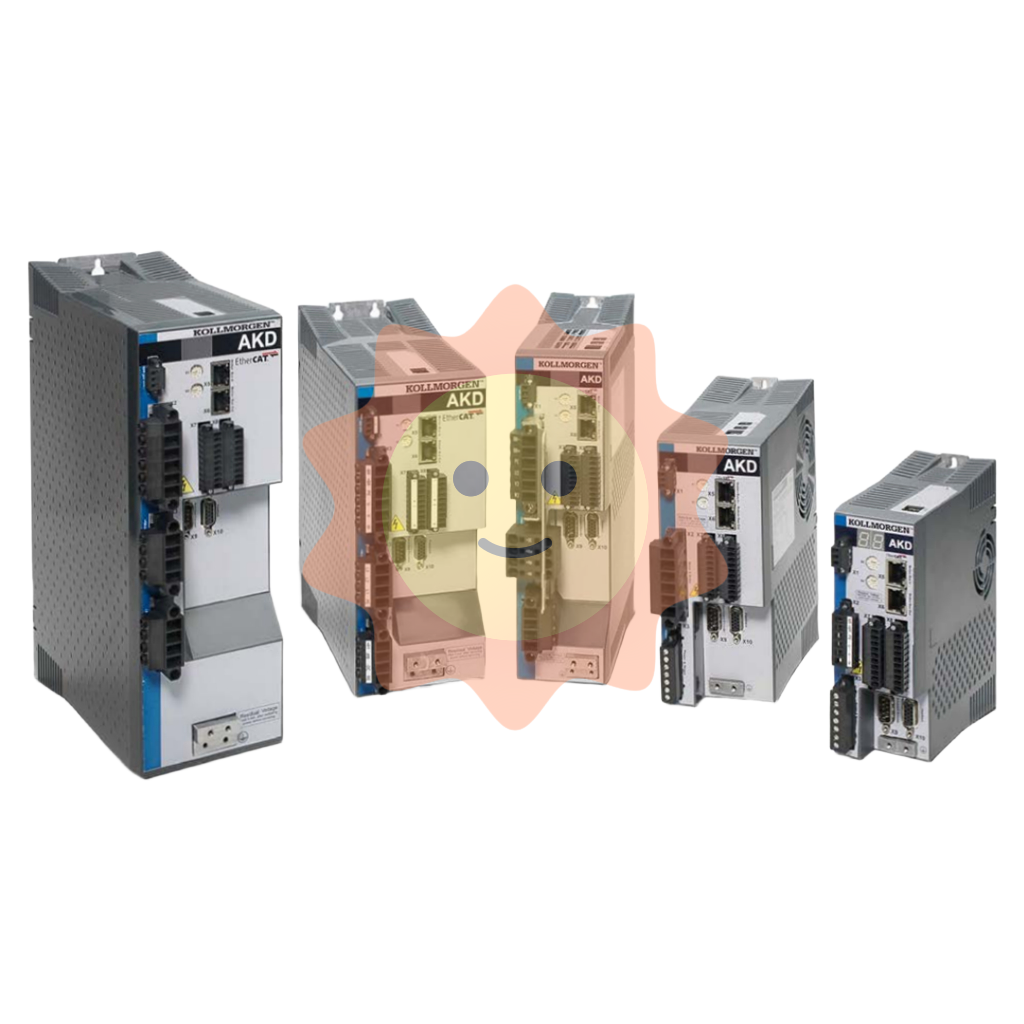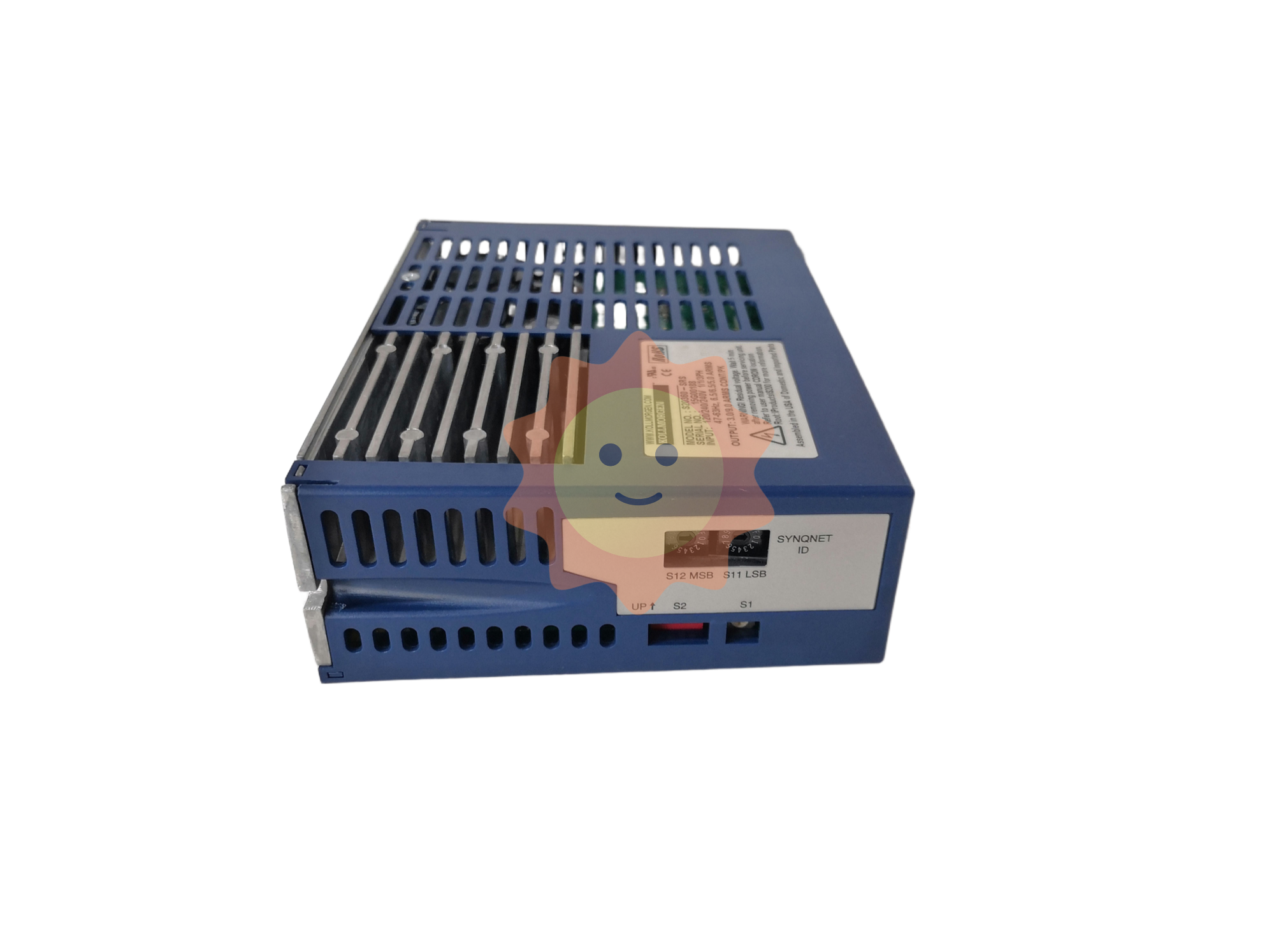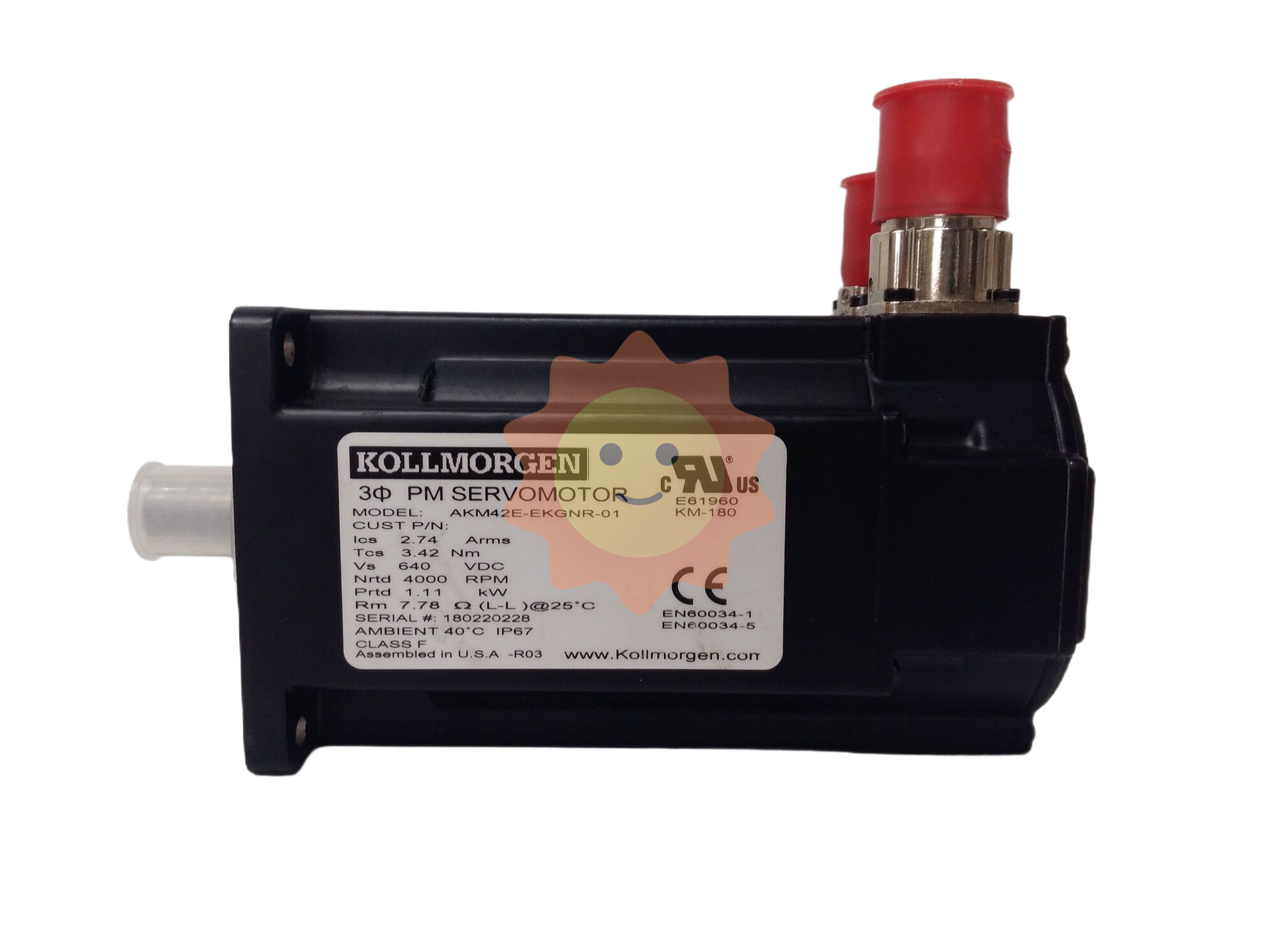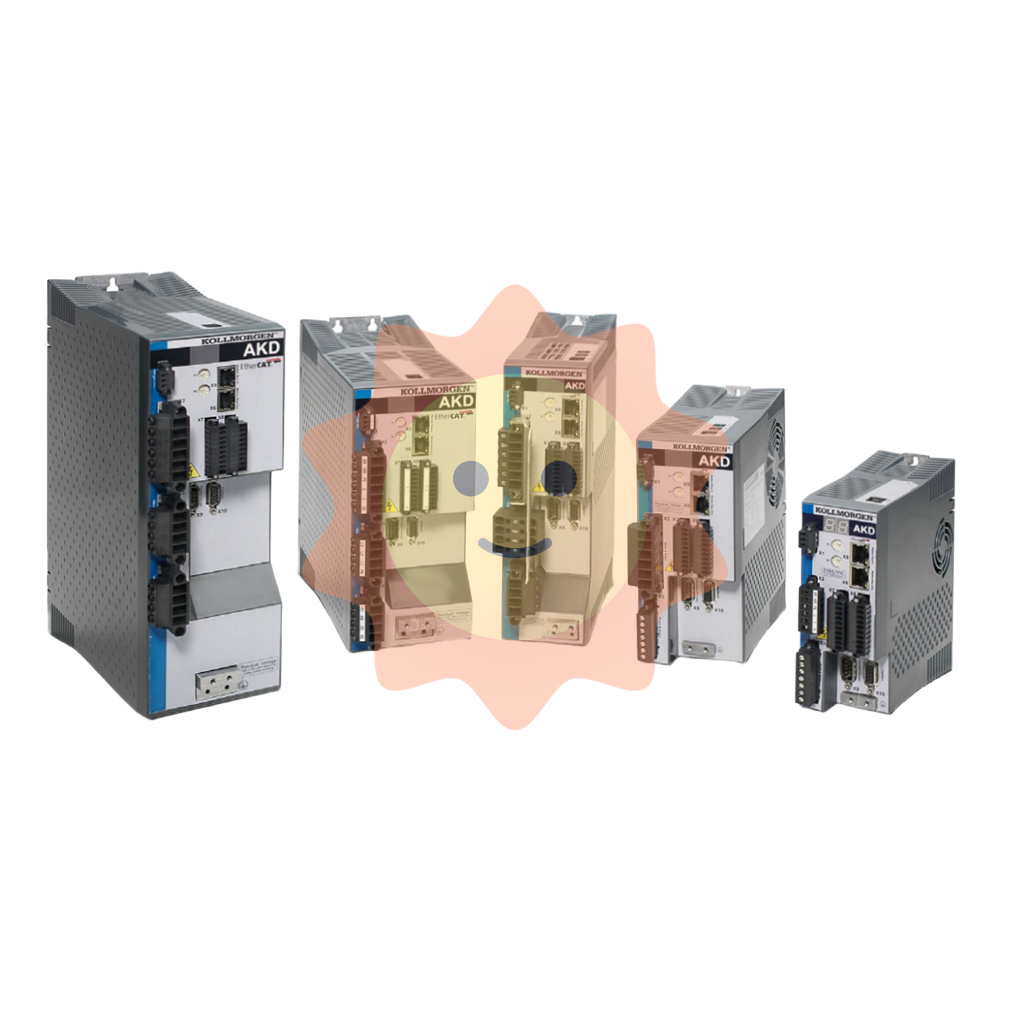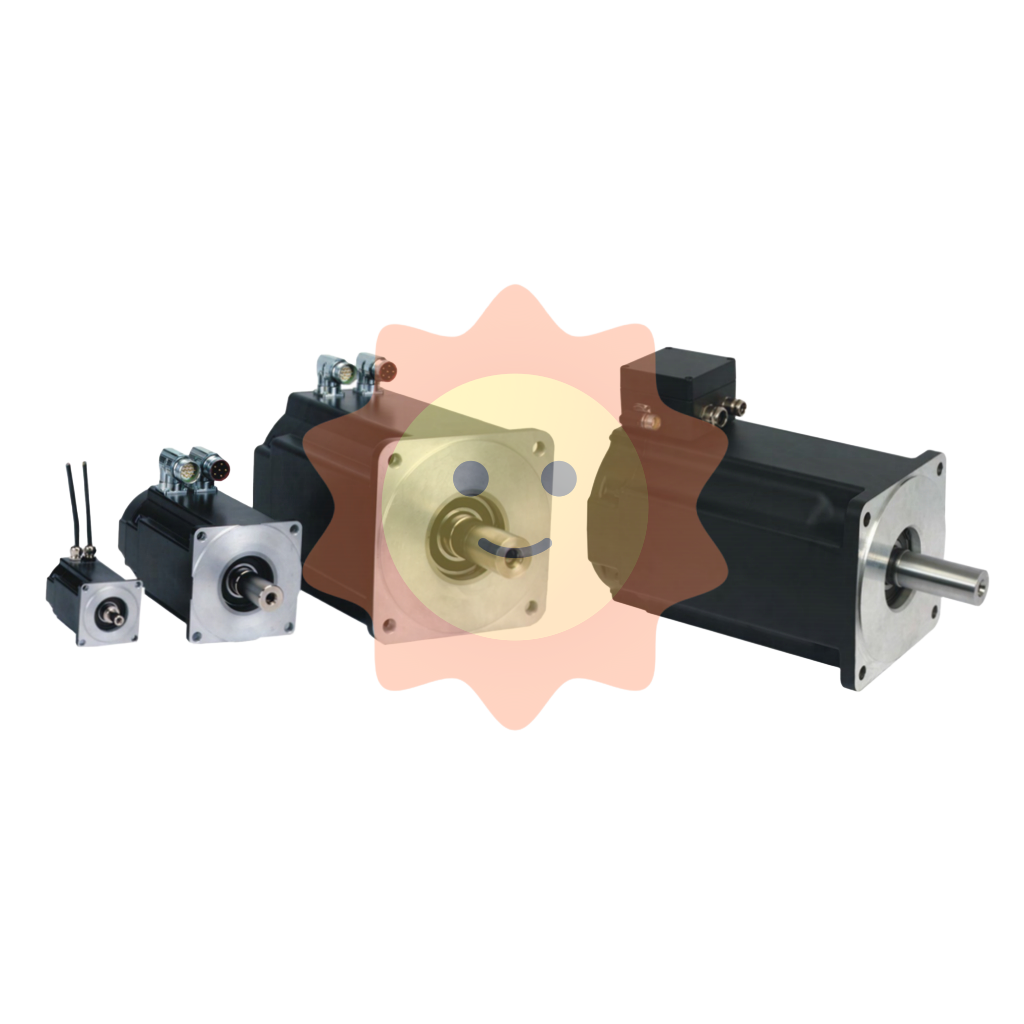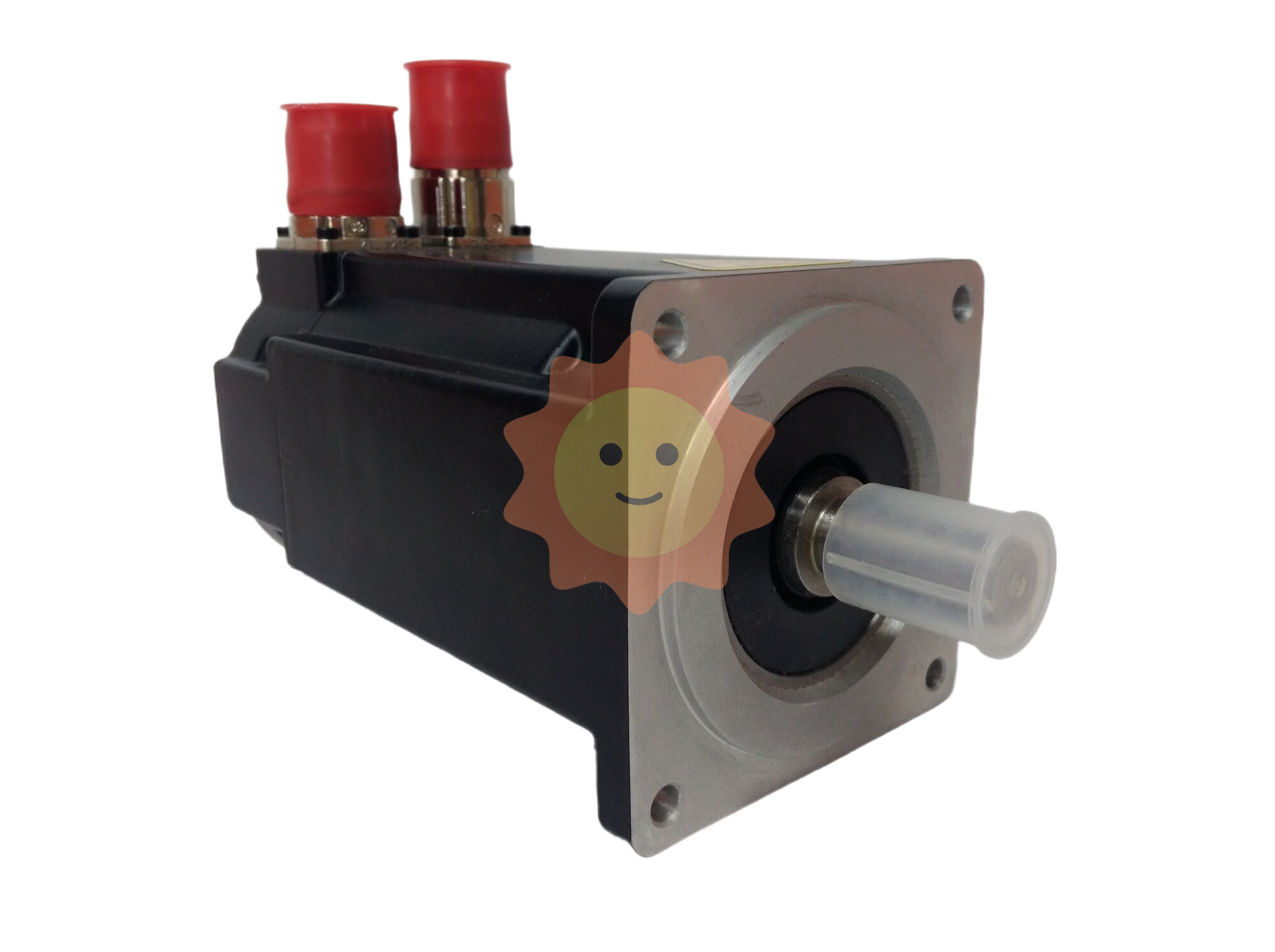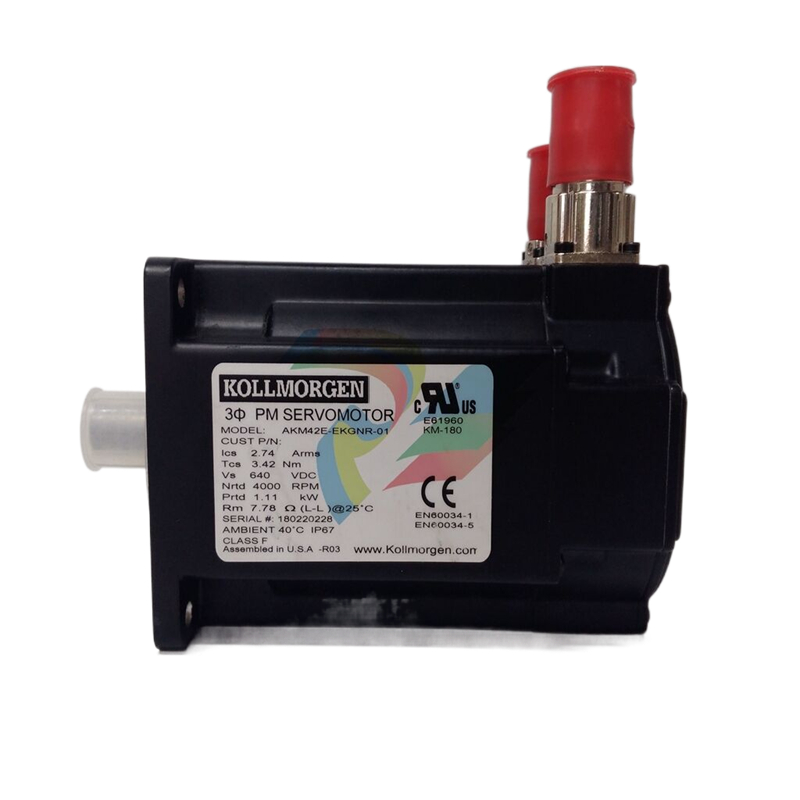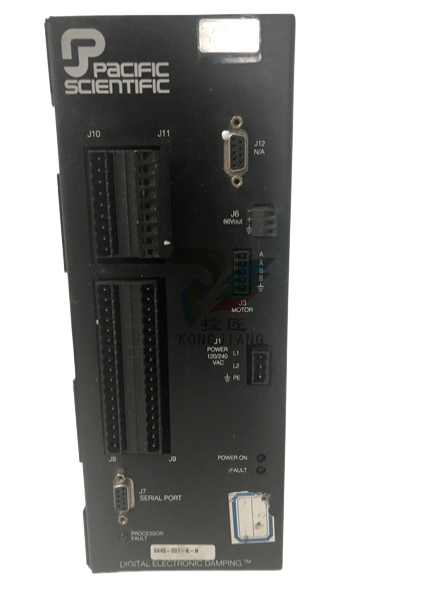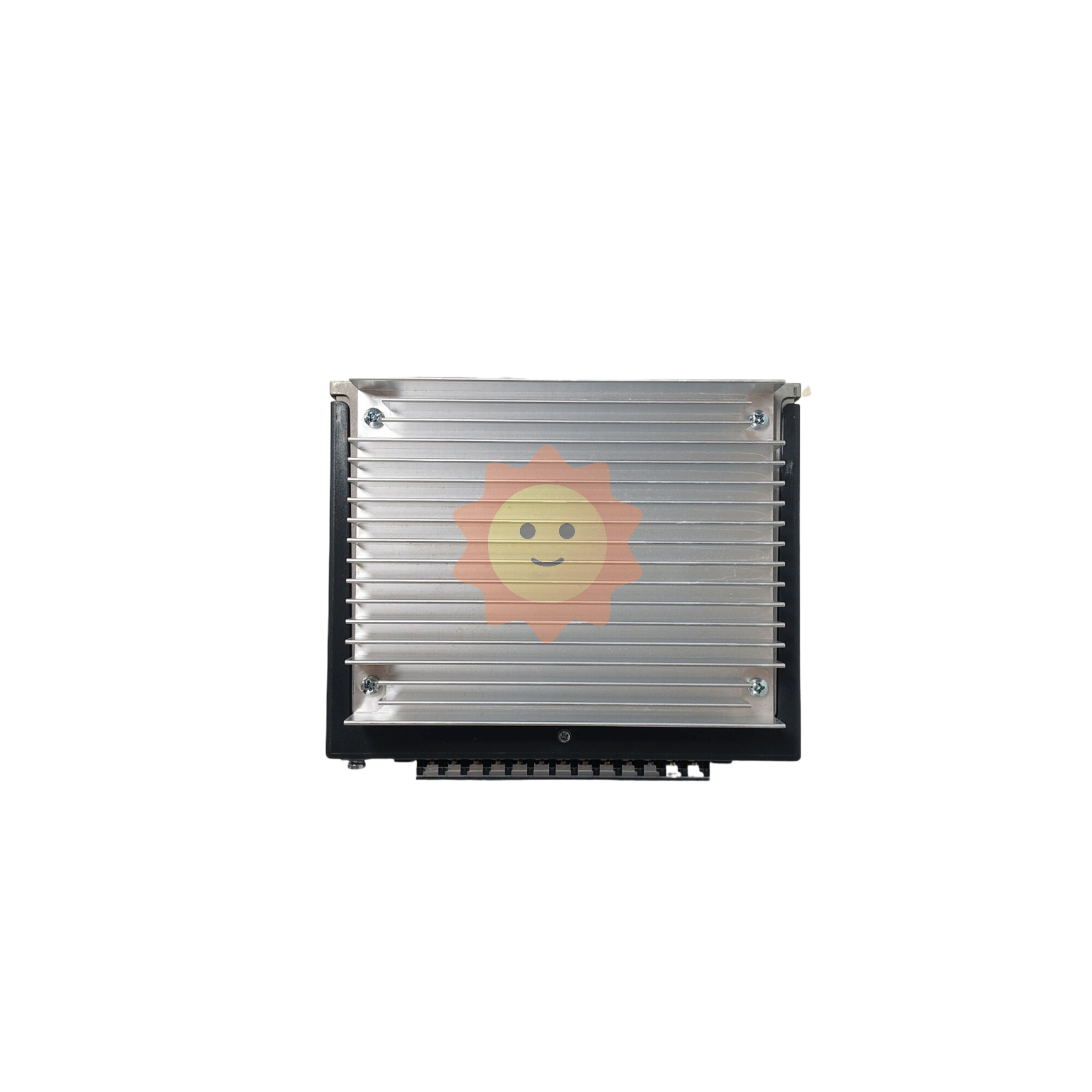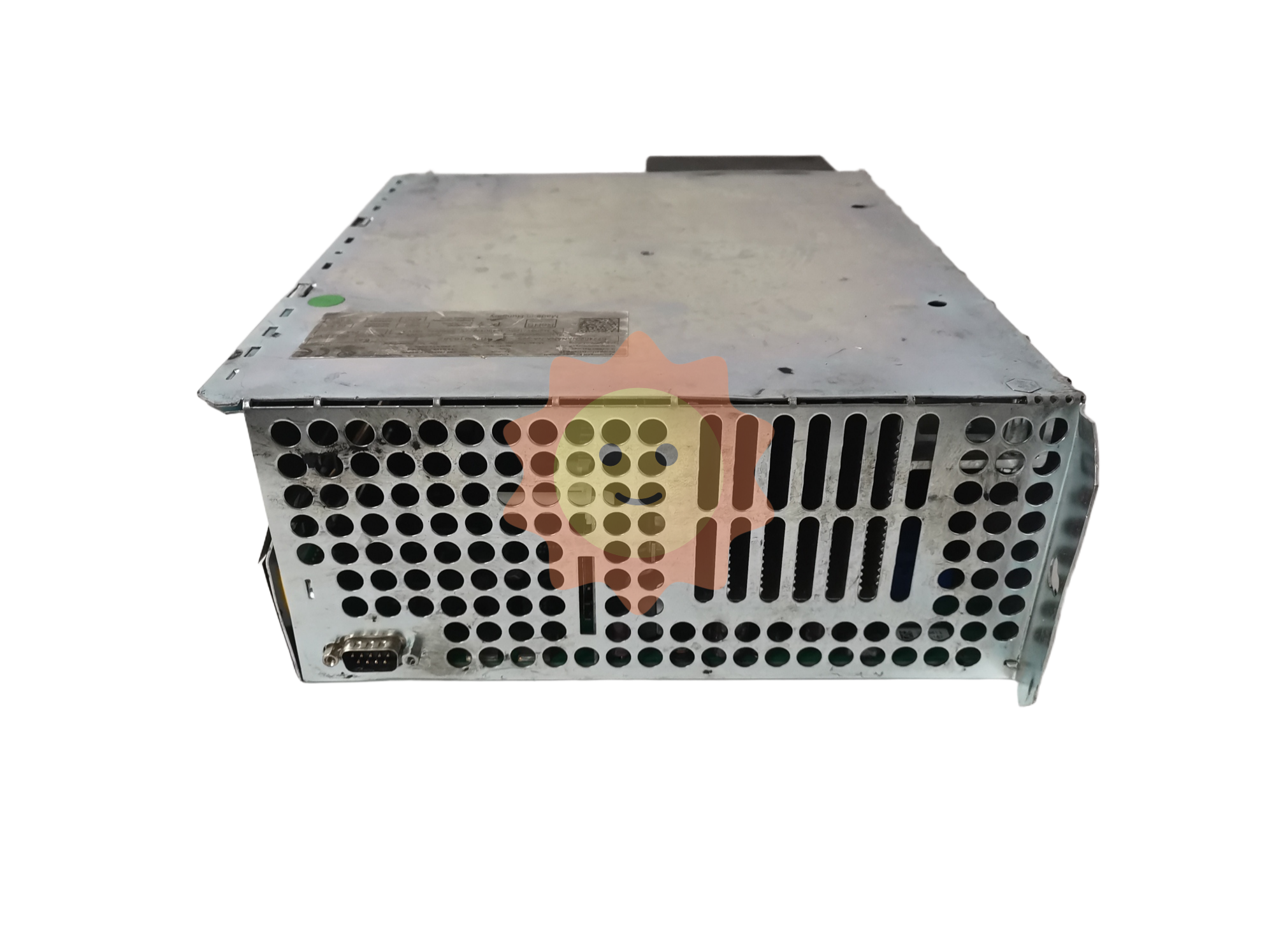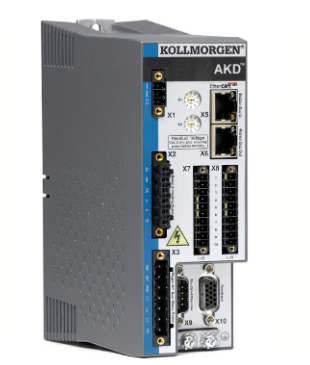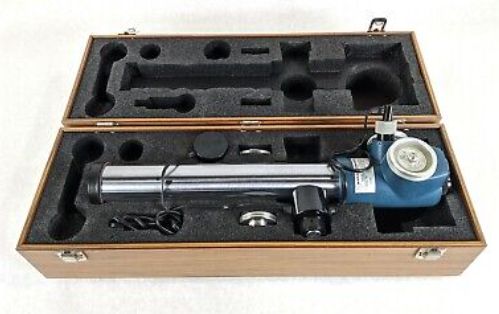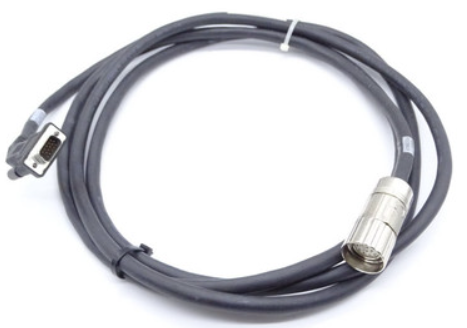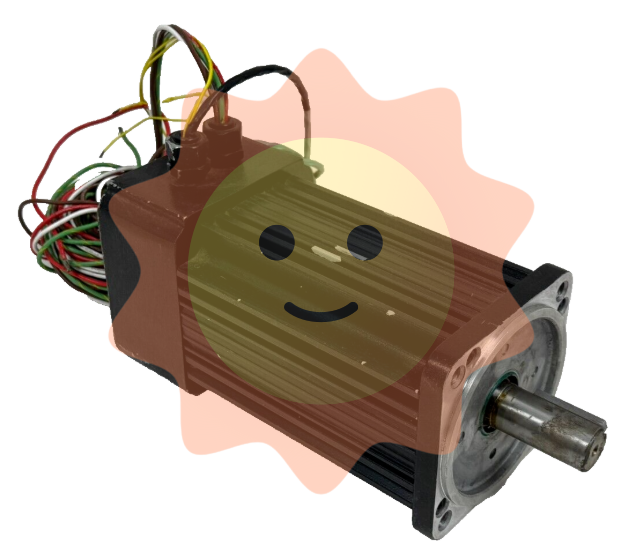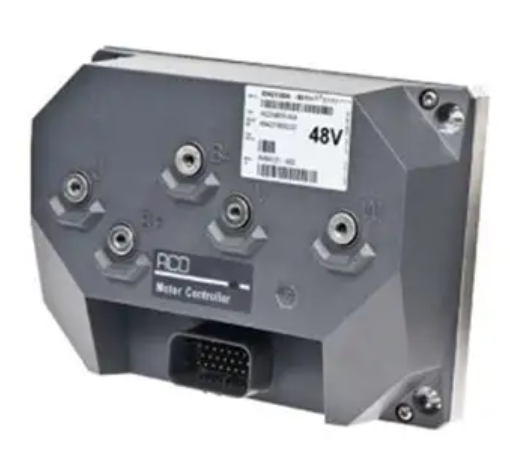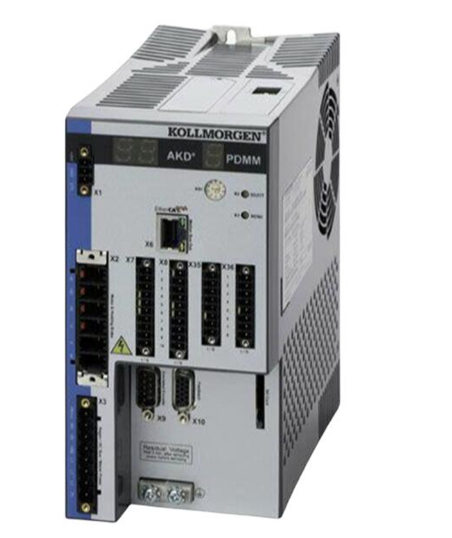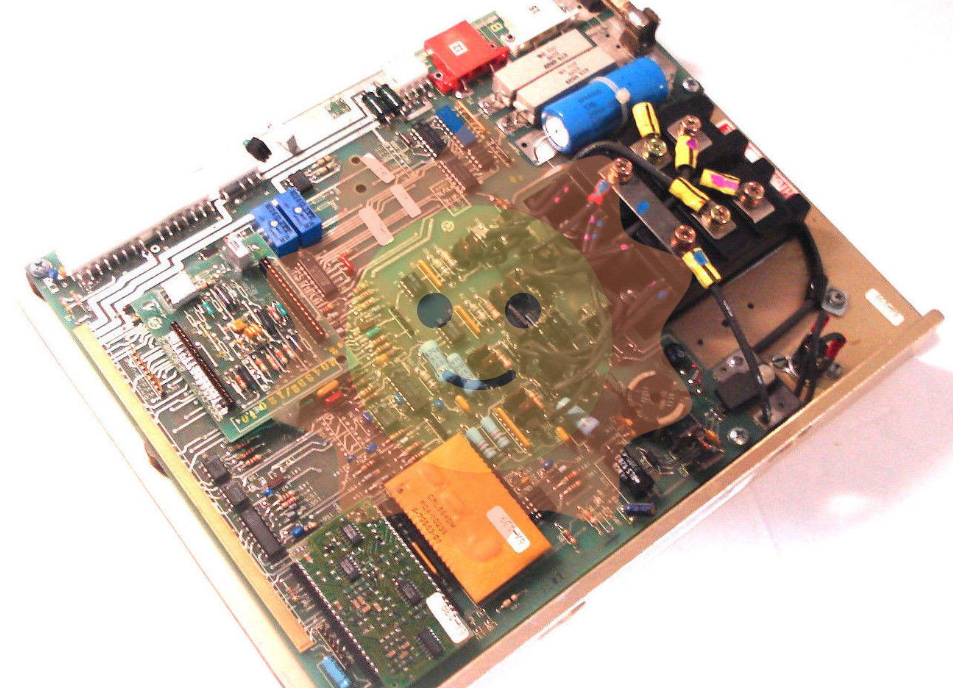Two technical directions of transformation and transformation of coal power units
"Depth peak balancing"
According to relevant planning, by 2030, the total installed capacity of renewable wind power and solar power generation will reach more than 1.2 billion kilowatts, from the installed capacity point of view, will become the most important power supply in China. According to the forecast, by 2050, the proportion of non-fossil energy generation will increase to 90%, and the proportion of wind and solar power installed capacity will also increase. However, due to the shortcomings of wind power and solar power generation is "uncontrollable", the installed power generation capacity is seriously limited by weather, seasons, wind and other natural meteorological conditions. According to reports, in 2019, when the proportion of non-fossil energy generation in the country was only 32.6%, wind power and optoelectronics have generally faced problems such as grid-connection difficulties, absorption difficulties, and scheduling difficulties. Under the new situation of more rapid development of wind power supply in the future, an increasing proportion of intermittent power supply is involved in the power grid, and the demand for regulating power supply capacity of the power system is very huge. Therefore, it is imperative to vigorously develop a safe and reliable power supply with deep and flexible adjustment characteristics, which is also a historical responsibility that coal power must and should be able to undertake in the future.
The peak-load capacity of coal-fired thermal power units depends on the boiler's adaptability to low load, and the so-called peak-load capacity is the ratio of the maximum and minimum stable combustion load of the unit. The so-called "depth peak regulation" is the proportion of the minimum stable combustion capacity of the boiler of the coal power unit, which is generally believed to have a peak regulation capacity of 20% under ultra-low load, so that the peak regulation depth can reach 80%, is "depth peak regulation". Therefore, the focus of deep peaking reform should be to adopt innovative technology to solve how to achieve stable ignition and combustion of pulverized coal furnace at 20% load. The key and difficulty of deep peaking transformation technology is to solve the safety and stable ignition and combustion performance of the boiler under 20% ultra-low load, and at the same time, it should also be able to achieve ultra-low emission of pollutants under 20% load. As a regulatory power supply in the future, the operation characteristics of coal power should first ensure the absorption and regulation of wind power and solar power, therefore, the operation of coal power units in the future will be in a long-term low load or deep peak load operation state, therefore, The transformation of boiler should also consider how to keep the efficiency as high as possible and the coal consumption as low as possible when the unit is under medium and low load and deep peak load. On this basis, how to ensure that the boiler unit can still achieve ultra-low emissions in the middle and low load and deep peak regulation, which is also the goal that must be considered and achieved in the deep peak regulation transformation of coal power units.

"Biomass coupled power Generation"
The low-carbon development of coal power should be able to greatly reduce the use of coal in the case of producing the same amount of electricity, which can not be achieved by improving efficiency and reducing coal consumption by the steam cycle coal power system itself, and must use low-carbon fuels for partial or all fuel replacement, that is, biomass fuel and coal coupling mixed combustion. Under possible conditions, the mixture ratio of biomass fuel is continuously increased until the complete replacement of biomass fuel is finally achieved. Biomass power generation and wind power, solar power and other renewable energy power, are (nearly) zero carbon emissions of electricity production, and the former has wind power and solar power do not have the advantage, that is, in nature, the annual cycle of agricultural and forestry solid residue resources generated is relatively stable, fuel can be transported and stored for more balanced use throughout the year. The use of large and efficient coal-fired units to burn biomass fuel for power generation is an advanced technology to achieve biomass power generation. It can not only greatly improve the efficiency of biomass power generation, save biomass resources, but also significantly reduce the carbon emissions of coal power units, improve the flexibility of coal and biomass coupled power generation, and thus strengthen the sustainability of coal-fired power generation. It is a practical and feasible path for coal power to low carbonization. Moreover, it needs to be emphasized that biomass fuel is now mixed with coal in large and efficient coal power units, and it is not an expedient or transitional technology for low-carbon development of coal power, because biomass is renewable energy, biomass mixed combustion power generation is high efficiency and low emissions and flexible thermal power generation, its essence is an advanced form of renewable energy power generation. And uncontrollable wind power and solar power generation is different, for the grid safety and reliable power supply, support and consumption of wind power plays a regulating and guaranteeing role.
- EMERSON
- Honeywell
- CTI
- Rolls-Royce
- General Electric
- Woodward
- Yaskawa
- xYCOM
- Motorola
- Siemens
- Rockwell
- ABB
- B&R
- HIMA
- Construction site
- electricity
- Automobile market
- PLC
- DCS
- Motor drivers
- VSD
- Implications
- cement
- CO2
- CEM
- methane
- Artificial intelligence
- Titanic
- Solar energy
- Hydrogen fuel cell
- Hydrogen and fuel cells
- Hydrogen and oxygen fuel cells
- tyre
- Chemical fiber
- dynamo
- corpuscle
- Pulp and paper
- printing
- fossil
- FANUC
- Food and beverage
- Life science
- Sewage treatment
- Personal care
- electricity
- boats
- infrastructure
- Automobile industry
- metallurgy
- Nuclear power generation
- Geothermal power generation
- Water and wastewater
- Infrastructure construction
- Mine hazard
- steel
- papermaking
- Natural gas industry
- Infrastructure construction
- Power and energy
- Rubber and plastic
- Renewable energy
- pharmacy
- mining
- Plastic industry
- Schneider
- Kongsberg
- NI
- Wind energy
- International petroleum
- International new energy network
- gas
- WATLOW
- ProSoft
- SEW
- wind
- ADVANCED
- Reliance
- YOKOGAWA
- TRICONEX
- FOXBORO
- METSO
- MAN
- Advantest
- ADVANCED
- ALSTOM
- Control Wave
- AB
- AMAT
- STUDER
- KONGSBERG
- MOTOROLA
- DANAHER MOTION
- Bently
- Galil
- EATON
- MOLEX
- Triconex
- DEIF
- B&W
- ZYGO
- Aerotech
- DANFOSS
- KOLLMORGEN
- Beijer
- Endress+Hauser
- MOOG
- KB


Email:wang@kongjiangauto.com



